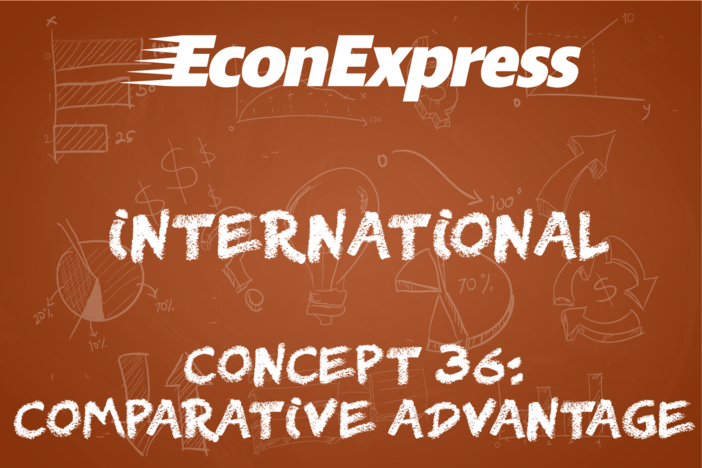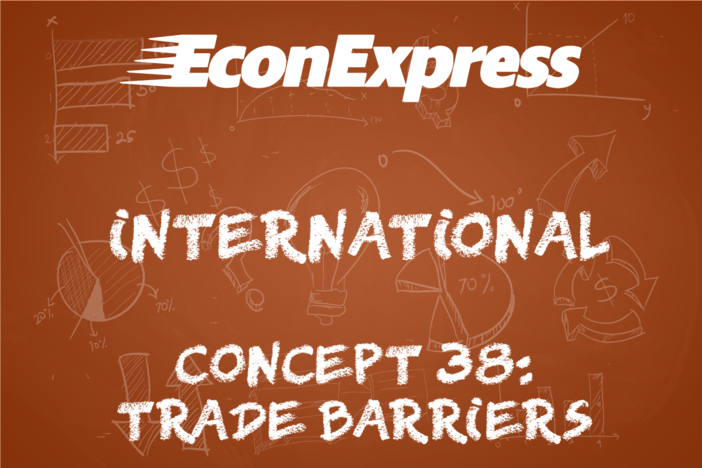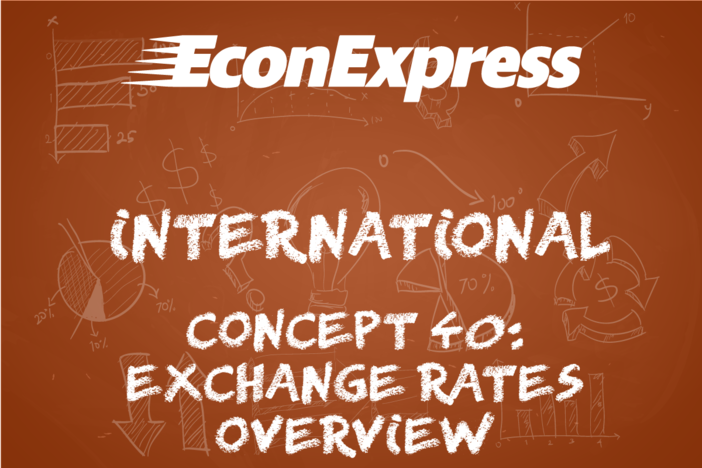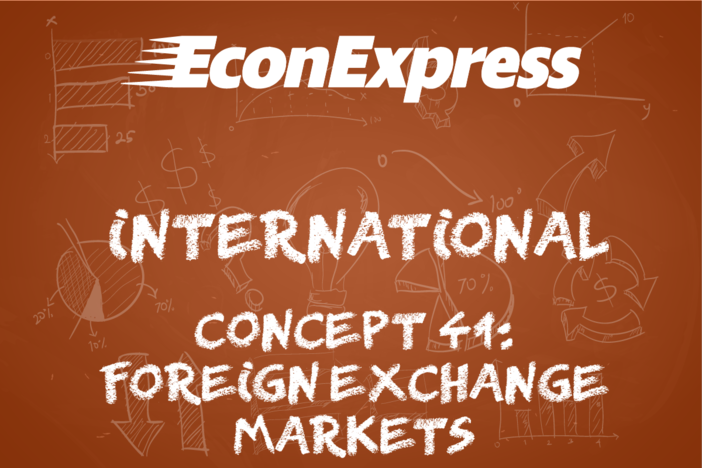Concept 39: Global Trading Blocs
Overview: It's no secret that trade is beneficial. Some nations like to put that in writing and make agreements with each other called trade blocs. Learn more here.
Learn
Beginner
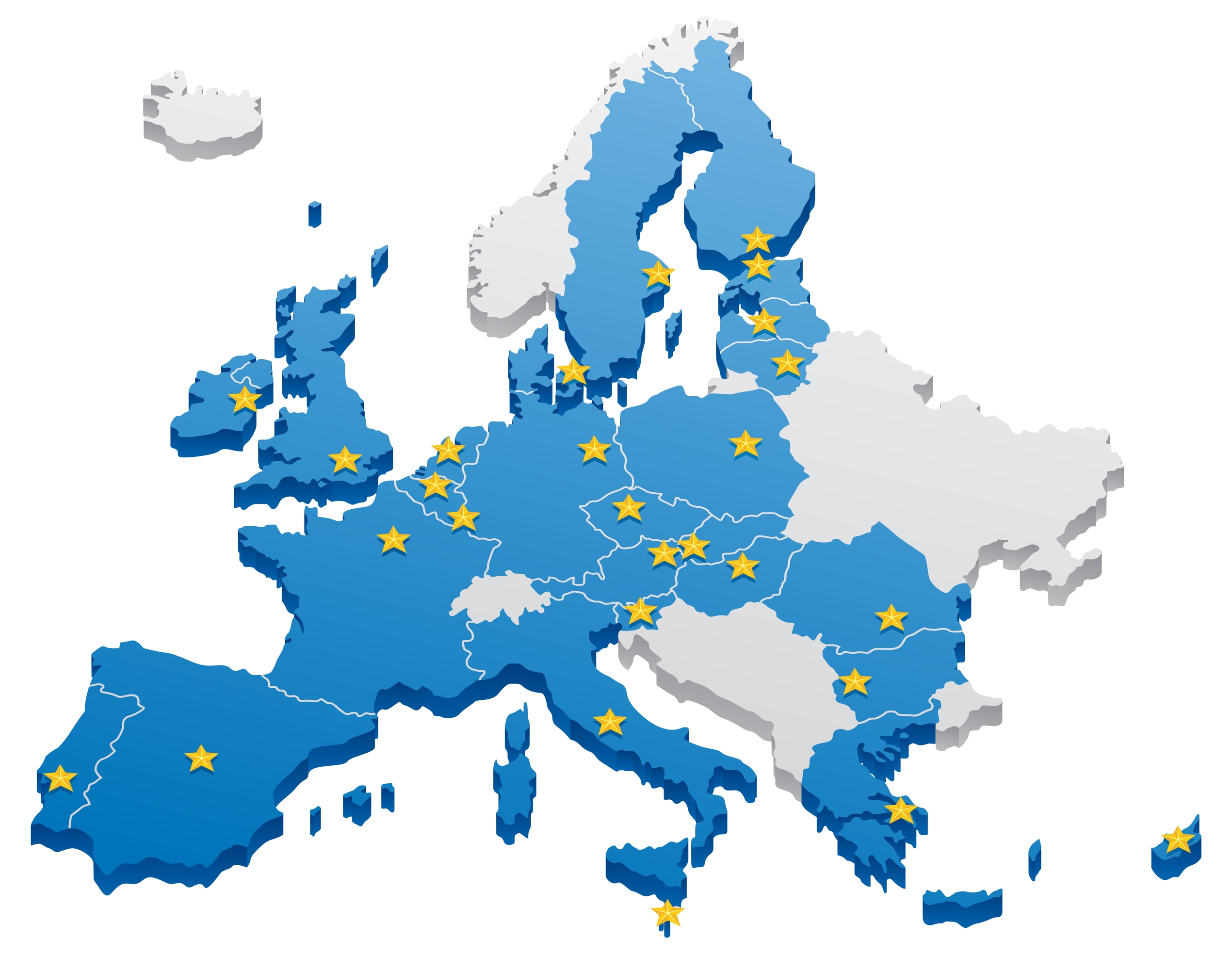
Because there are many benefits to participating in trade, countries often make agreements with other countries to facilitate the free and fair flow of goods and services between them. When these agreements contain multiple countries, we refer to them as Trading Blocs. Trading blocs are simply groups of countries that establish rules for trade between all participating countries. These rules are designed to limit trade barriers such as subsidies, tariffs, and quotas. Three important examples of trading blocs are:
- NAFTA (North American Free Trade Agreement)/USMCA (US-Mexico-Canada Agreement) – This agreement, which took effect in 1994, promotes trade between the United States, Mexico and Canada. A new version with updated terms was signed by the United States in 2020.
- EU (European Union) – This agreement consists of 27 European countries; 19 of which share a common currency: the Euro. The goal of the EU is to promote the “Four Freedoms”: the free movement of goods, services, people and money across borders within the member countries.
- ASEAN (Association of Southeastern Asian Nations) – Founded in 1967, ASEAN now consists of 10 Southeast Asian nations with the shared goal of creating trade-friendly policies, promoting economic growth, and ensuring peace and stability between member states.
Intermediate

In addition to NAFTA, the United States has free trade agreements with 18 other countries. Some of these agreements, like NAFTA or CAFTA-DR (Central American Free Trade Agreement- Dominican Republic), involve multiple countries from a specific region and are known as multi-lateral trade agreements. Others, however, are just between the United States and one other country. These are known as bilateral trade agreements and include agreements with countries such as the Republic of Korea, Israel and Chile.
Advanced

Free trade agreements don’t guarantee completely free trade. While these agreements are intended to smooth the exchange of goods and services between nations, they often still contain provisions that allow tariffs or other trade barriers for certain goods. Frequently, these exceptions revolve around the prohibition of certain products like pharmaceuticals or foods that might not meet the importing country’s standards. Other times they might be designed to protect a domestic industry that is not yet ready for foreign competition.
Click a reading level below or scroll down to practice this concept.
Practice
Assess
Below are five questions about this concept. Choose the one best answer for each question and be sure to read the feedback given. Click “next question” to move on when ready.
